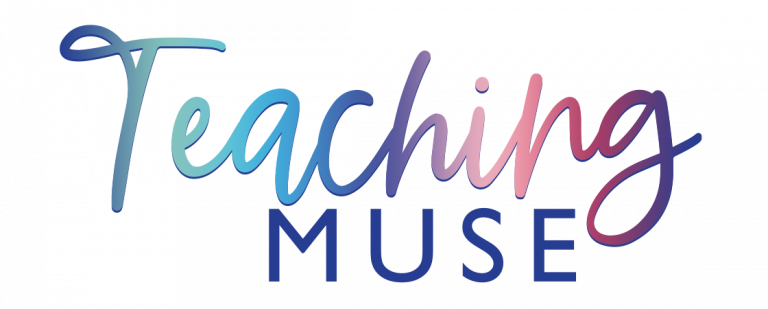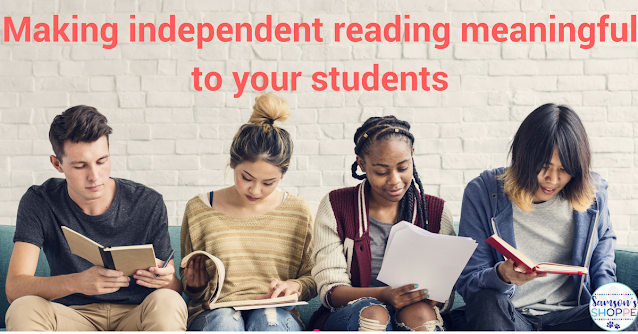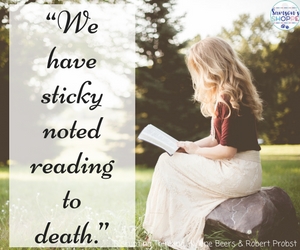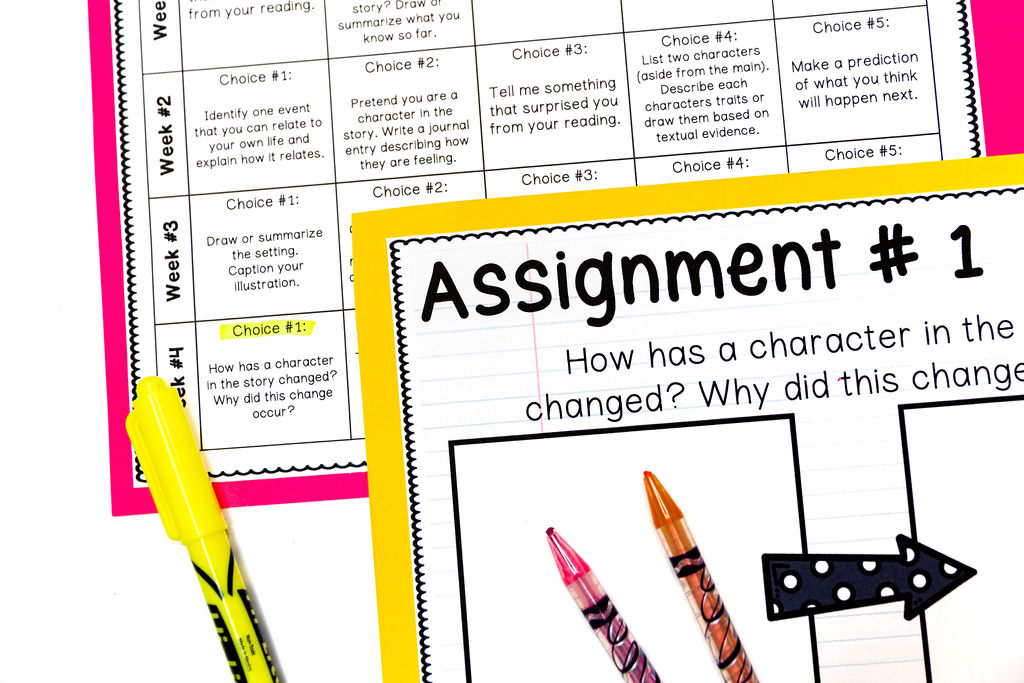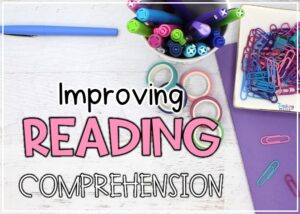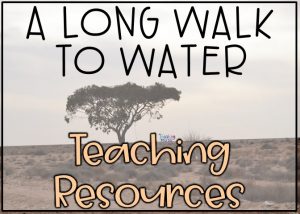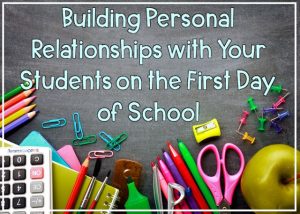Independent reading can be so tricky for students with a disability. It can be challenging to watch students struggling through reading, shut down because it is difficult, or feel distraught because they cannot read what they want.
I started my summer off reading Disrupting Thinking by Kylene Beers and Robert Probst. Boy, am I glad I did.
To those in the teaching field before the huge emphasis on state testing, much of their ideas aren’t exactly new but more like reminders.
Reminders that when we are reading classroom novels to our students, we need to be reading them. Much of the shift has gone to dissecting.
Tearing apart the text to find evidence for our questions, analyzing the main character ad nauseum, and having lengthy conversations about an author’s purpose for writing. As teachers, we think….
“Awesome, they know this book because they can tell me each and every detail about Salva Dut’s personality in A Long Walk to Water”.
But are these questions really a good indicator of what our students know about the book? Probably not. Our students have gotten used to reading and plucking textual evidence, but do they really understand the big picture? Are they really interested and developing that love of reading that I have, or are they just silently wishing the book was over? One of my favorite quotes from Disrupting Thinking is,
Give Meaning to Independent Reading Activities
3 Ways to Make Independent Reading Have Meaning
To do this, I am changing the way I attack books, both guided and independent, with my students.
First, I am giving them more choices.
I give my students two choices for the class novel we will read together. Majority rules on which one we will read.
Next, instead of tearing apart each literary element and quote from the story, we are going to read and enjoy.
Of course, we will stop to clarify information, but I want the conversation to focus more on,
“How does this make you feel?”,
“Did this change the way you think about something?”
instead of
“What time of day did Johnny get hurt?”.
Allowing students to make connections and think about how they are feeling will get them to enjoy reading and think more deeply about the text.
Providing Time for Independent Reading Activities
Want access to FREE independent reading calendars?
These calendars are part of a resource in my store that includes a lot more.
Feel free to simply use this freebie but if you are looking for more, check it out here!
Want FREE independent reading calendars?
Join my newsletter to get instant access and other great freebies.
Success! Now check your email {INCLUDING SPAM AND PROMO FOLDER} to confirm your subscription and get access to the FREE reading calendars.
